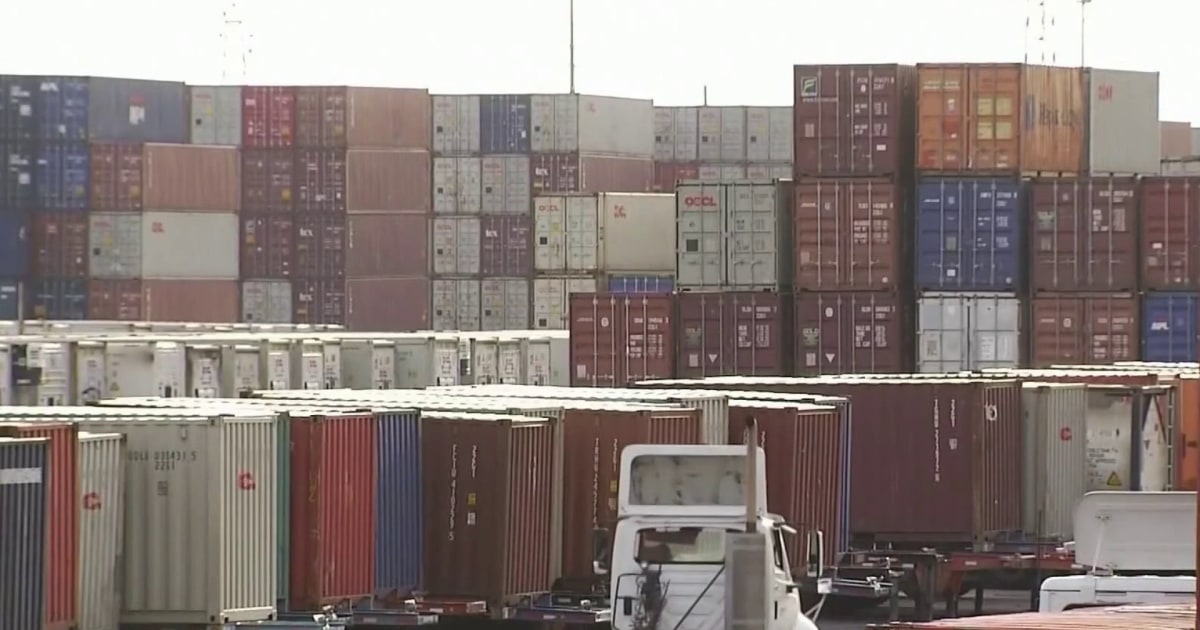Unpacking the Impact: Trump’s Tariffs on Key Trade Partners
As President Trump signed new tariffs on imports from Canada, Mexico, and China, the ripples of this decision began to spread across the global economic landscape. Experts weighed in on the potential economic fallout and its implications for international relations. So, what does this mean for consumers and businesses alike? In this article, we will delve into the various facets of Trump’s tariffs, exploring their direct and indirect impacts on trade partners, local economies, and the broader market environment.
Understanding the Tariffs
Tariffs, essentially taxes imposed on imported goods, serve multiple purposes. They can protect domestic industries from foreign competition, generate revenue for the government, and even act as a tool in diplomatic negotiations. However, they can also lead to increased prices for consumers, strain relationships with trading partners, and provoke retaliatory measures.
Trump’s tariffs primarily target key sectors such as steel, aluminum, and various consumer goods. By raising the cost of imports from countries like Canada, Mexico, and China, the administration aimed to bolster American manufacturing and reduce trade deficits. But the question remains—at what cost?
Economic Fallout for Consumers
The immediate impact of Trump’s tariffs on consumers is often felt through rising prices. When tariffs are imposed, businesses facing higher import costs typically pass these costs onto consumers. This can lead to significant price increases in everyday products like electronics, automobiles, and household goods.
- Increased Costs: Products that rely on imported components or raw materials may see price hikes. For instance, a smartphone that incorporates parts from multiple countries could become more expensive.
- Reduced Choices: Some companies may decide to reduce their product lines due to increased costs, leading to fewer choices for consumers.
- Economic Burden: Lower and middle-income families may feel the pinch more than affluent households, as they typically allocate a larger portion of their budgets to essential goods.
The Business Perspective: Winners and Losers
While some industries may benefit from Trump’s tariffs, others are facing significant challenges. Here’s how different sectors are reacting:
- Beneficiaries: Certain domestic manufacturing sectors, particularly steel and aluminum producers, have seen a resurgence, as tariffs have effectively shielded them from foreign competition.
- Challenges: Conversely, industries reliant on global supply chains, such as automotive manufacturing, are grappling with increased costs and potential disruptions. Many manufacturers are now contemplating relocating production facilities to avoid tariffs.
International Relations: A Balancing Act
Trump’s tariffs have strained relations with key trading partners, prompting retaliatory tariffs that can escalate into trade wars. The situation has created a precarious balancing act, where diplomatic relations are tested against economic interests.
Countries like Canada and Mexico, traditionally strong allies of the U.S., have responded with their own tariffs on American goods, leading to a tit-for-tat scenario. This has not only impacted businesses but has also raised concerns about long-term geopolitical stability.
The Broader Economic Impact
The broader economic implications of Trump’s tariffs extend beyond immediate consumer costs and business challenges. Economists warn of potential consequences that could ripple through the global economy:
- Global Supply Chains: Many businesses depend on intricate global supply chains. Tariffs can disrupt these networks, leading to inefficiencies and increased costs across the board.
- Inflationary Pressures: Rising prices driven by tariffs could contribute to inflation, complicating monetary policy and economic recovery efforts.
- Investment Hesitation: Uncertainty around tariffs may also deter investment, as companies may hesitate to commit resources in an unpredictable trade environment.
Strategies for Adaptation
As businesses navigate the complexities of tariffs, many are adopting strategies to mitigate their impact. Here are some approaches being considered:
- Supply Chain Diversification: Companies are looking to diversify their supply chains by sourcing materials from different countries to reduce dependency on any single market.
- Innovation and Efficiency: Emphasizing innovation in production processes can help companies maintain competitiveness despite rising costs.
- Market Expansion: Some businesses are exploring new markets to offset losses in traditional ones affected by tariffs.
A Path Forward: Optimism Amidst Challenges
While the landscape may seem daunting, there is a silver lining. Many experts argue that the tariffs could ultimately encourage American companies to invest in their domestic operations, fostering job creation and economic growth in the long run. As businesses adapt to the new realities of trade, there is potential for innovation and resilience.
The key lies in strategic navigation of the trade environment, where businesses leverage opportunities for growth while managing challenges effectively. Collaboration between government and industry can also play a crucial role in addressing the fallout from tariffs and fostering a more stable trade environment.
Conclusion
As we unpack the impact of Trump’s tariffs on key trade partners, it becomes clear that the ramifications are multifaceted. From rising consumer prices to shifting business strategies and international relations, the effects of these tariffs are wide-reaching.
Ultimately, the success of this approach hinges on the flexibility and adaptability of businesses and policymakers alike. By fostering collaboration and innovation, there remains hope for a balanced trade environment that benefits both consumers and businesses in the long term.
See more CCTV News Daily



